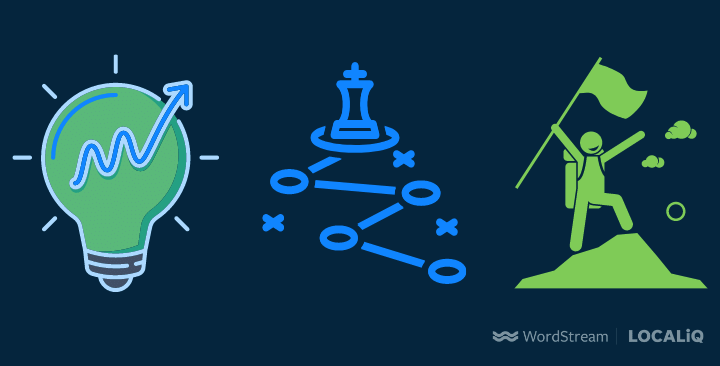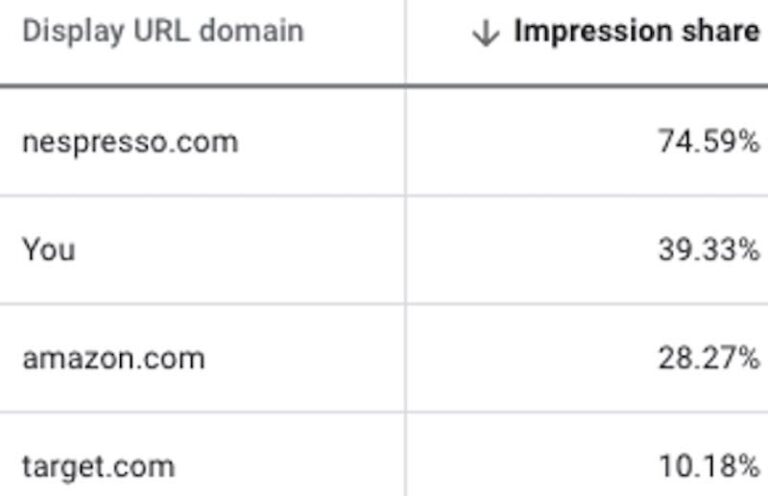Also, collaboration with sales is key. To compete to win, marketers must partner with sales to drive a consistent GTM strategy across all touchpoints. This means defining common objectives and building truly integrated operations that connect content, data, technology, media and people. That’s my top tip!
Talk us through a typical day…
It’s a tricky time to make predictions, but one thing that has become clear is that delivering positive buyer experiences will become even more critical to success. To achieve this, personalisation will be key. B2B GTM teams need to get a better handle on managing the buyer experience end-to-end, requiring an integrated GTM strategy across Sales and Marketing at the content level.
- Reviewing performance vs. forecast, planning with sales and the customer success team to solve go-to-market problems. We are scaling fast, so there are strategic and operational challenges and gaps to address.
- Collaborating with colleagues across marketing functions to ensure alignment and execution excellence.
- Learning and analysing the market in terms of trends, needs, competitors and any new solutions available.
- Driving external engagement to build and extend Seismic’s footprint and impact with our target audience.
How do you maintain an effective work/life balance?
This has been a challenge many people have struggled with over the last year or so. As we’ve all been stuck at home, remembering to switch off and take time for yourself every now and then has become increasingly important. But it’s not always easy with children in the house!
In the B2B world, 66% of marketing-generated content is not utilised by sales, whereas salespeople on average spend 30 hours a month looking for content or making up their own. Clearly, there is a huge opportunity for businesses to improve operational efficiency and GTM effectiveness.
Seismic is a sales and marketing enablement platform, named as one of Forbes’ top 100 cloud companies in 2020. We recently caught up with Head of Marketing EMEA Winnie Palmer to find out more about her role. Palmer chats about the importance of an integrated ‘go to market’ strategy, and how Covid has impacted the B2B market.
At the business level, it hasn’t. At the ‘go to market’ (GTM) level, we have had to look at how best to balance long-term growth with short-term pipeline and revenue goals because the market is so tough.
How has strategy changed at your company in the past 18 months?
B2B Content Marketing Best Practice Guide
In terms of our customers, we’re seeing an increased emphasis on technology that helps streamline and standardise GTM at scale. The leading firms are pivoting fast by adopting digital tools that enable their GTM teams to tell crisp, consistent stories across time zones, geographies, teams and languages using data-driven insights.

How has customer behaviour (or your clients’ customer behaviour) changed during the pandemic?
We’ve found that deals have taken longer to close, primarily because businesses have been dealing with so much uncertainty in such a challenging environment.
Overall, our ROI-driven approach hasn’t changed – i.e. capitalising on immediate in-market opportunities, while expanding market leadership top of funnel. The goal is to get the foundation in place, which will then enable us to deepen and expand.
For example, there are now digital tools that can provide end-to-end visibility into the impact of content. Data-driven insights can enable sellers to leverage content that has proved successful for different personas and at specific stages of the buyer journey. This also provides marketing with clear data into what works and what doesn’t, enabling them to focus on creating content that actually drives business outcomes.
What do you predict for the future?
As we all know, meetings can be one common sticking point. I always try to set a clear agenda in advance, resolve issues 1:1 if needed prior to group meetings, and terminate meetings when the group reaches a natural conclusion. I don’t mandate that people join my meetings if they aren’t relevant, or stay for the full length if not required. The agenda is shared in advance so people can decide themselves if they need to join at all. I then do the same for other people’s meetings – if there’s nothing more I can contribute to a discussion, I will ask to leave. There’s no point wasting time in unnecessary meetings.
As a marketing team, we need to deliver a reasonable ROI ratio. How we define the ROI target depends on the business context. For example, if it’s a new team with no infrastructure, the ROI ratio might have to be set as ‘1’, which is to break even. Once the foundation has been established and the ROI starts to improve, I can then reinvest the incremental gain into new activities and/or infrastructure. This delivers a positive cycle of growth – scale, stabilise, scale again – and enables me to prove marketing’s value to the business at every stage.
Finally, at the weekend, I stop. The weekends are for family and my children – and some much-needed downtime!
What advice would you give a marketer right now?
The most important thing I do is prioritise, prioritise, prioritise – not just for myself, but also for everyone I work with. I always try to focus on what matters and am a big believer in clearly communicated business goals and objectives. This helps ensure coherence in everything we do collectively, which in turn creates efficiency from the get-go and prevents operational frictions that cause unnecessary/unproductive work.
Every day is different – especially in the Covid-19 era – but I do have a few consistent priorities:
Focus on what really matters. And remember that business context is everything. A best practice for another firm may be useful as a reference, but there’s no silver bullet. If your business is in the growth phase, you will have different challenges to an established business that is defending its position in a mature market.






